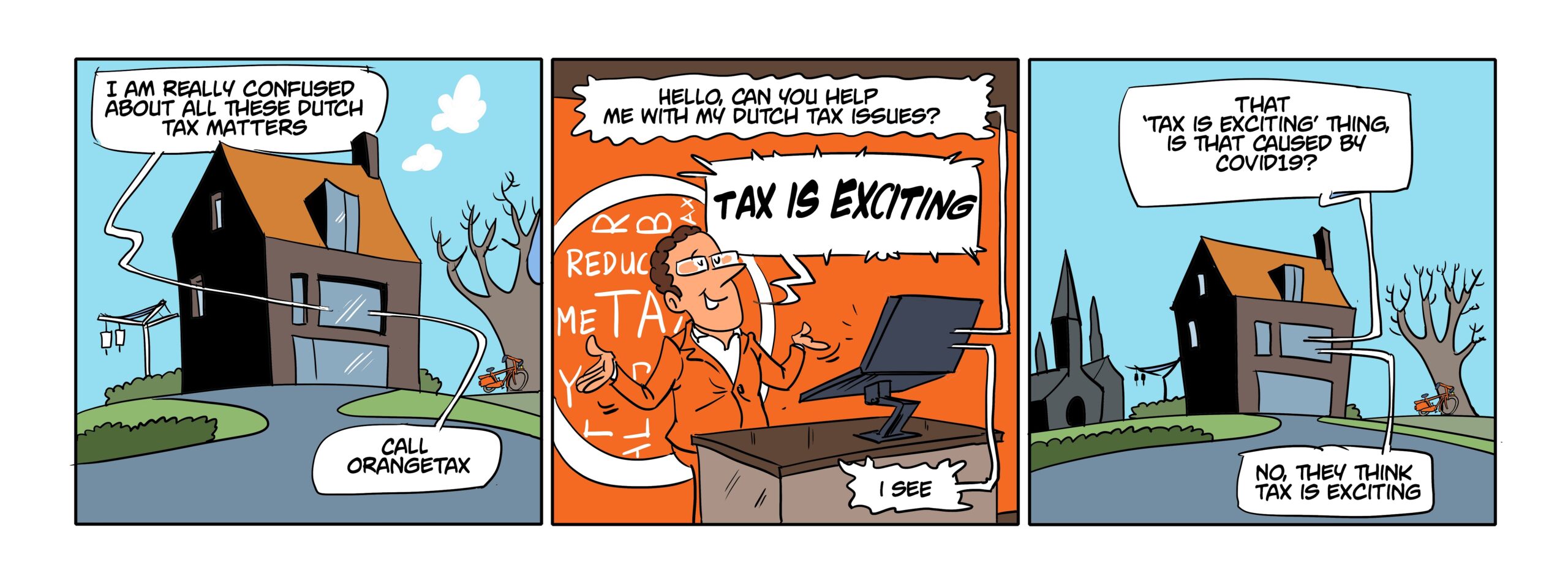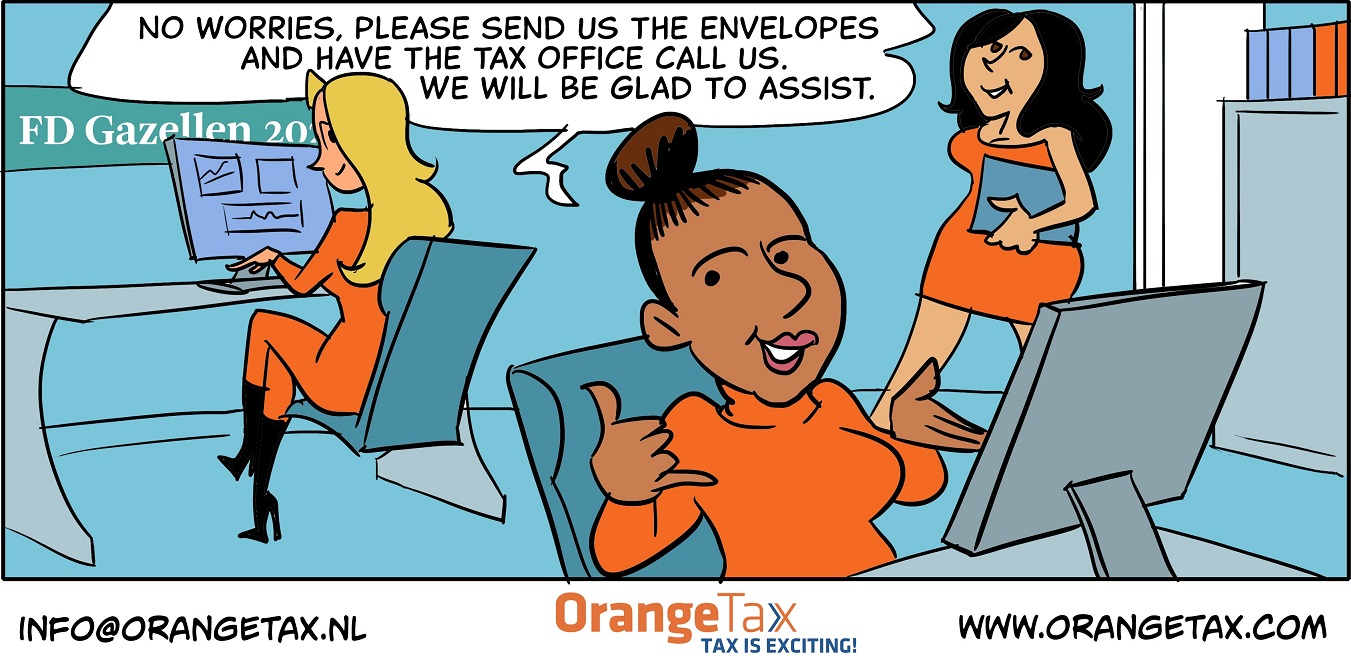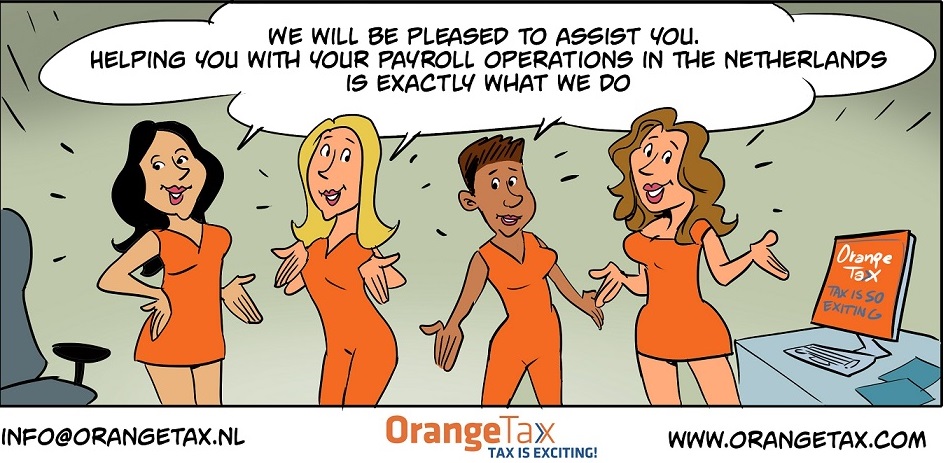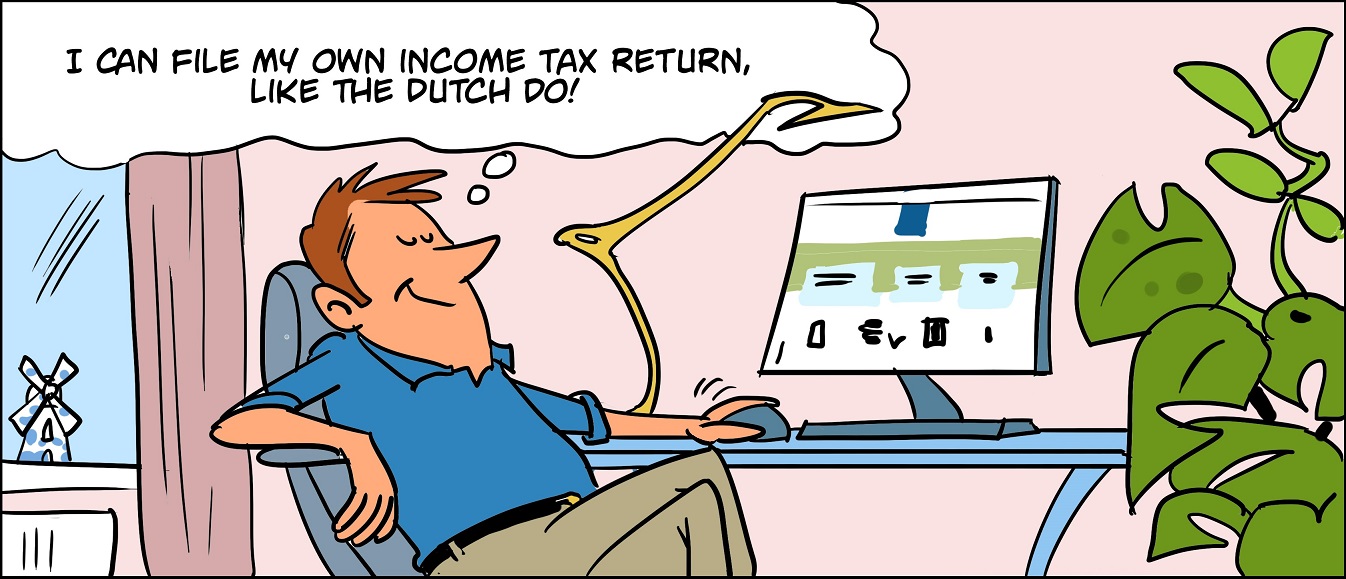Car import is tax wise a solid business model. That said, you need to play the game by the rules.
Car import tax wise
In Europe every country has its own system of taxation on cars. The Dutch name is BPM. Luxembourg nearly no tax on cars, in the Netherlands we think we pay too much, but Scandinavian countries show taxation can be brutal on cars.
The moment you basically cannot afford purchasing the car of your desire in the Netherlands, you go abroad. The Mobile DE car app is a good tool to find cars, especially in Germany.
How does it work?
The car import is a trade on its own, hence please contact dedicated import organizations to assist you. The trick is to purchase a car slightly older, then the tax on the car is depreciated. Or if the tax is not depreciated, as the import tax on cars is based on CO2 emission, the base price abroad is so much lower, it is still worthwhile.
The car is purchased, an appointment with the Dutch RDW needs to be made. RDW stands for the Government organization that examines if the car can legally drive in the Netherlands. An one day license plate is issued to drive to the RDW.
At the RDW station is also a BPM tax office that issues the import duty on the car. It takes about 7 days for the tax office to send out the tax invoice, the moment that invoice is paid, the license plate number is issued. After the license plate is placed on the car, the car is road worthy.
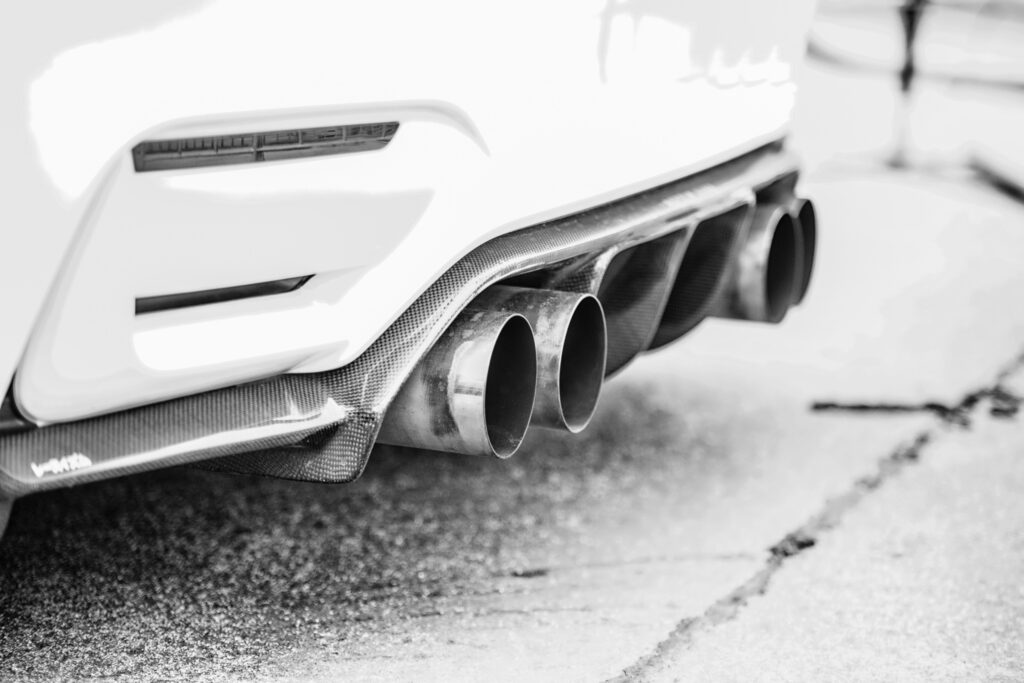
Ferrari car import going wrong tax wise
The Ferrari F12 was imported and EUR 70.025 import duty was paid. That was a reduced import duty compared to having the car delivered new in the Netherlands. The reduction was based on a 28% depreciation on the value of the car, as it was already nine months old and had 510KM driven.
The person importing the car received soon after the EUR 70.025 was paid received an additional import duty assessment of EUR 41.572. This is possible, as the BPM tax office person does the initial process. Then at the tax office the import is double checked. This warning is stated on the first EUR 70.025 assessment issued. The opinion of the tax office was that the car was brand new, not used. Hence the additional assessment was send out.
The person importing disagreed and went to court claiming the EUR 41.572 additional assessment was too high. The court agreed and reduced the EUR 41.572 assessment to a EUR 10.324 assessment.
The person importing still disagreed and went to the high court. That turned out to be a mistake. The high court agreed with the Dutch tax office that it has not been proven the car ever drove on a road abroad. That the car showed no wear and tear. The fact that this was referred to as an exclusive car, hence special treatment, the high court disagreed with as well. The law is equal to all. The EUR 41.572 assessment was reinstalled again.
Tax is exciting
We think tax is exciting. Being able to avoid taxation via legal means is for some a game. But losing the game as in this court case is not exciting at all. Now the import person owns a second hand Ferrari for which the new value, including tax, was paid. In exclusive car country that can still be a good deal, but I doubt that was the objective.


